There was another ram lamb born today, a four horned all black half Shetland, half Jacob, born to Jean, my four horned Jacob ewe. I was so set on breeding her Jacob and building some Jacob stock back up. The young Shetland rams had other ideas it seems. Jean's little fellow will have four horns and will be half Shetland. That in itself is a little rare. I am thinking I should castrate him, making him a wether, and keep him for a pet and for his fleece. It will be very interesting to see a four horned half Jacob who is all black. His fleece should be quite wonderful, I am thinking.
So, upon a very very close inspection, I noted that there are several ewes further along than they should be in their pregnancies, if they indeed were bred to deliver in April and May. There is over a month to go and the Tunis sheep has a developed udder and is ready to deliver any moment. She is not overly large this time, which makes me think that the entire flock is destined to have singles only.
I am very disheartened with this knowledge. I had so very much counted on the purebred babies to help along the flock development. If the Babydolls are going to have cross bred lambs, and I suspect Rosy for sure will, as she is very large for the predicted due date of being bred to the Babydoll ram, then a whole year of breeding is somewhat wasted. There are 7 Babydoll ewes, though the ewe lambs may be too young this year and if all of them are bred to those little Shetland baby boys, what a terrible waste of this year.
We do learn from our mistakes and this is a huge one for me.

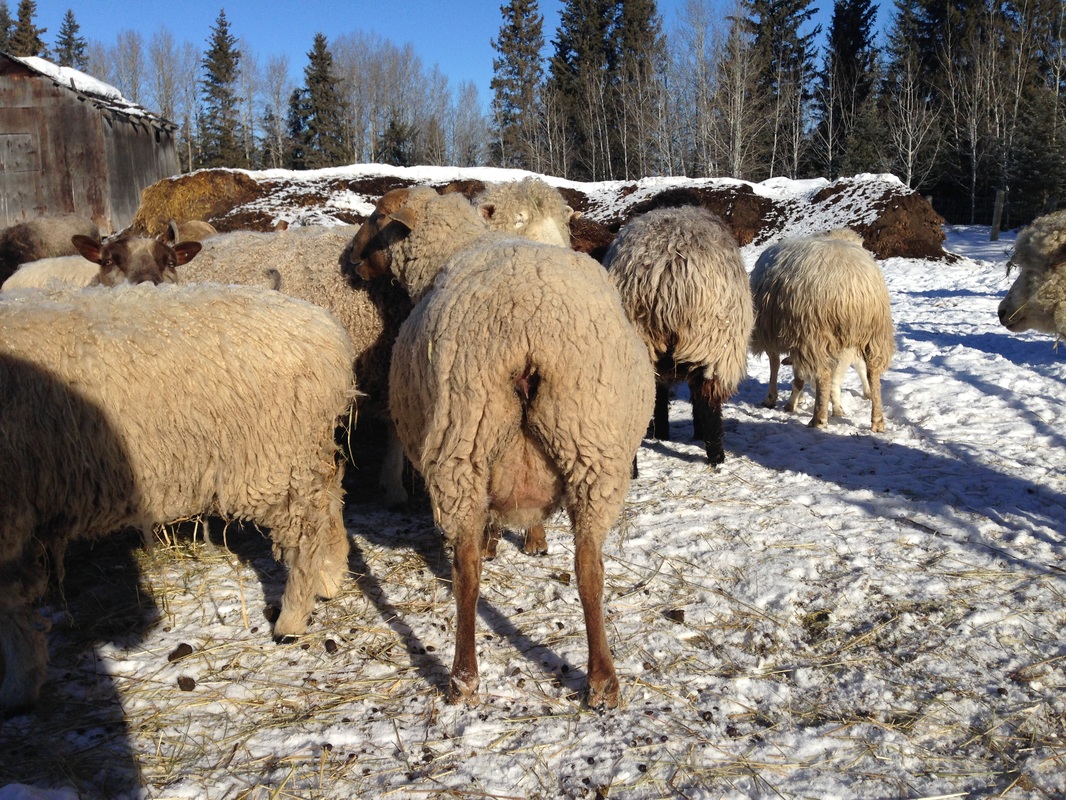
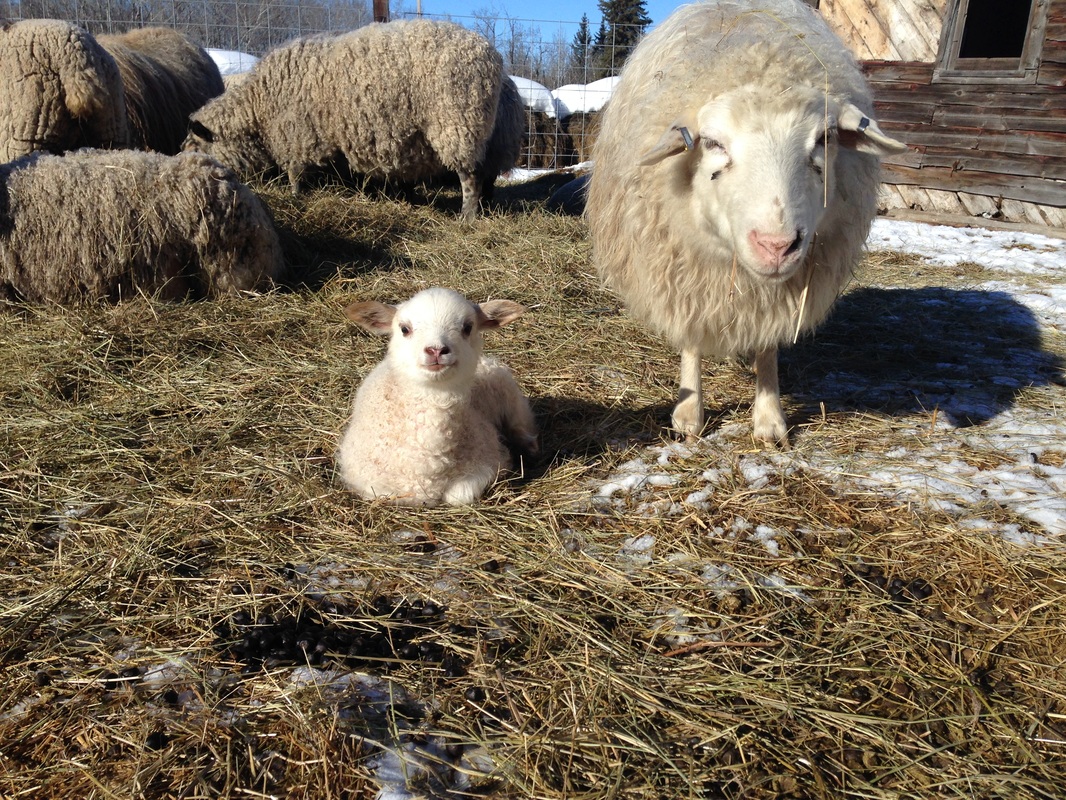
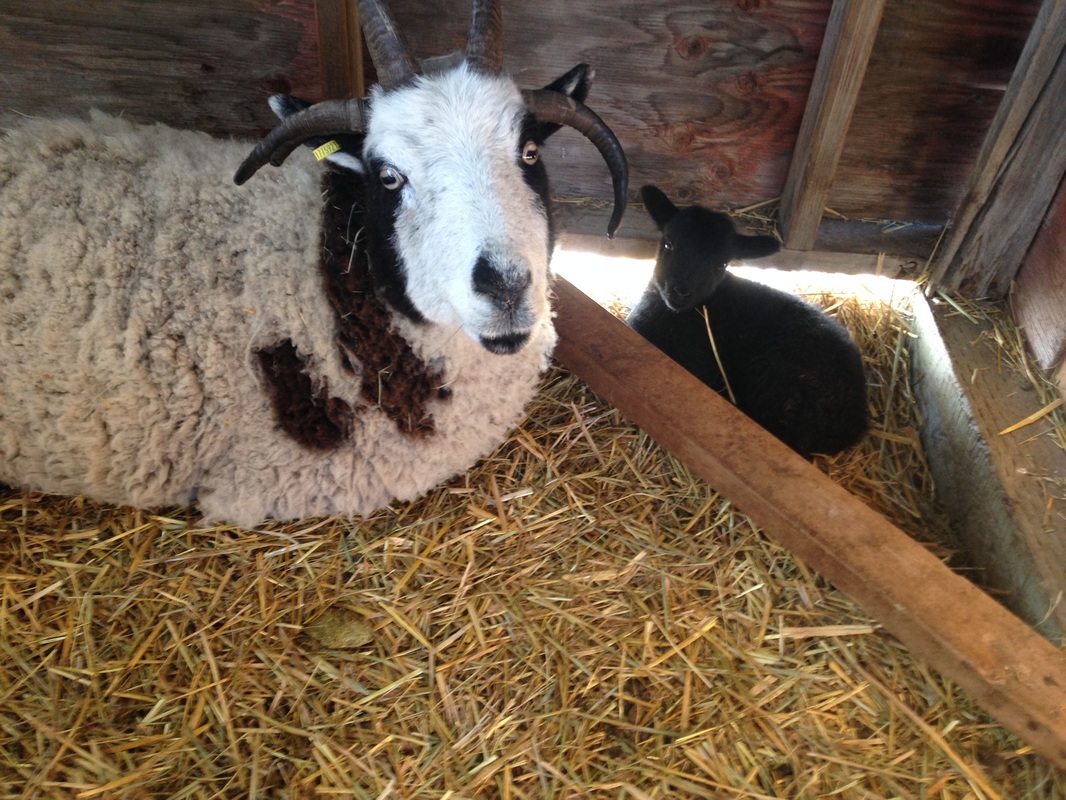
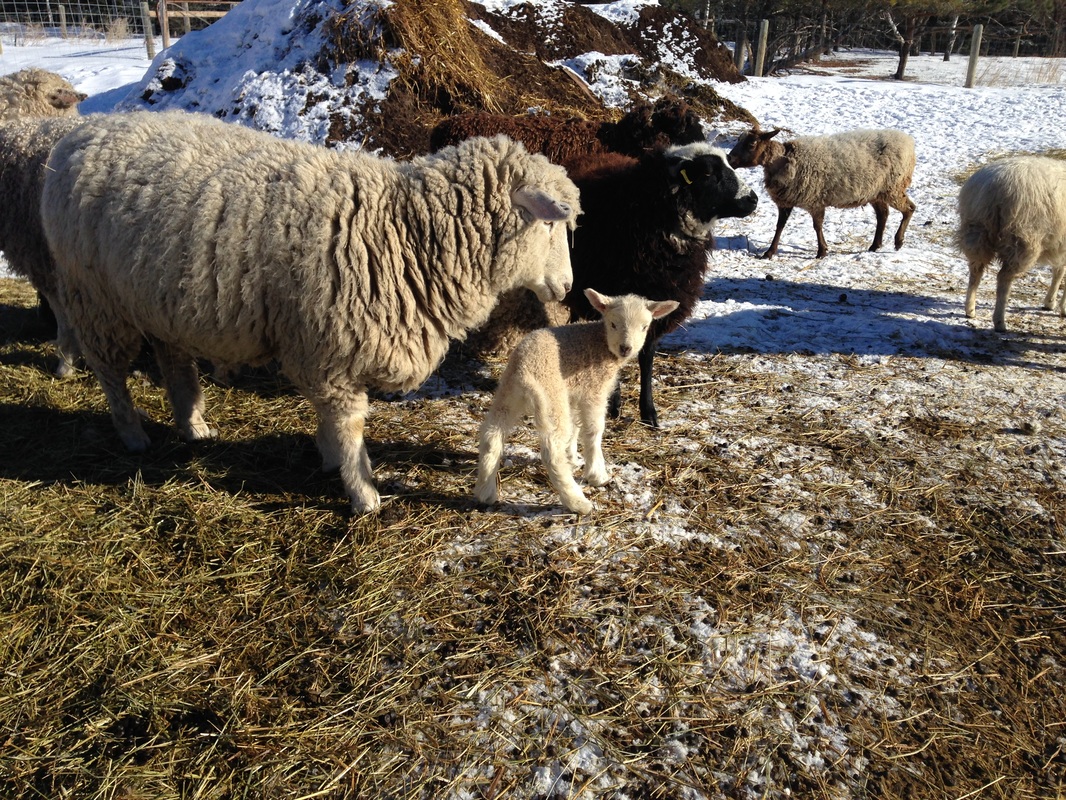
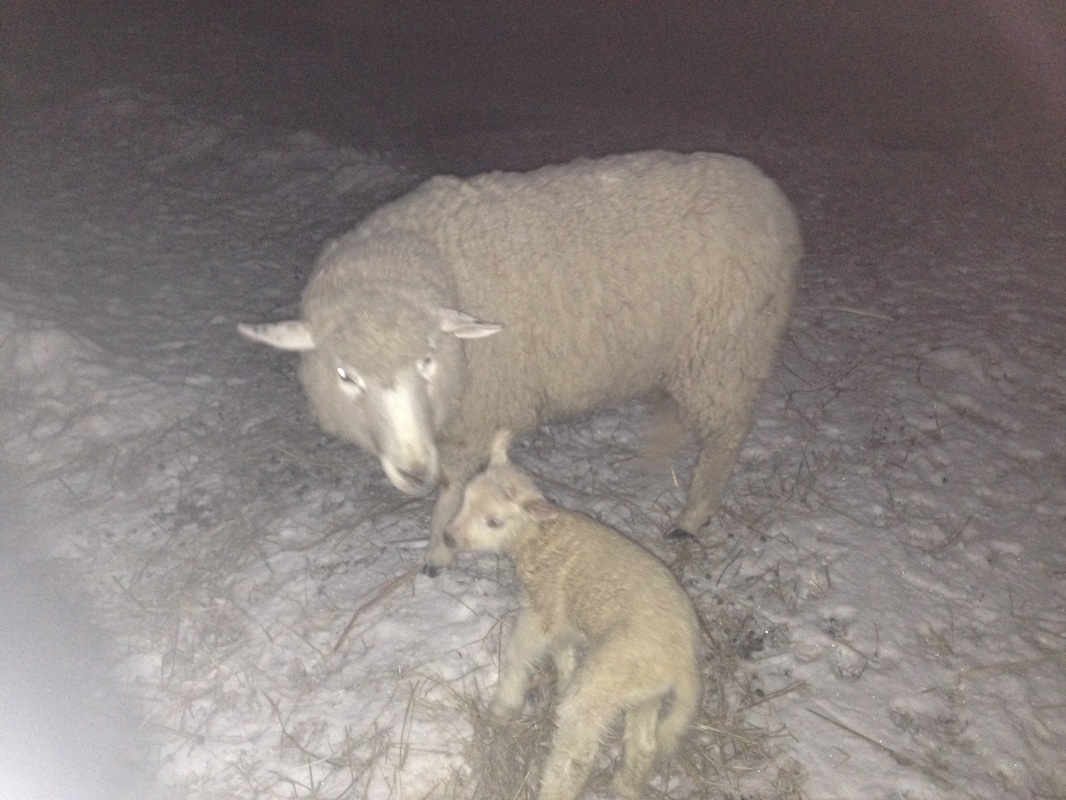
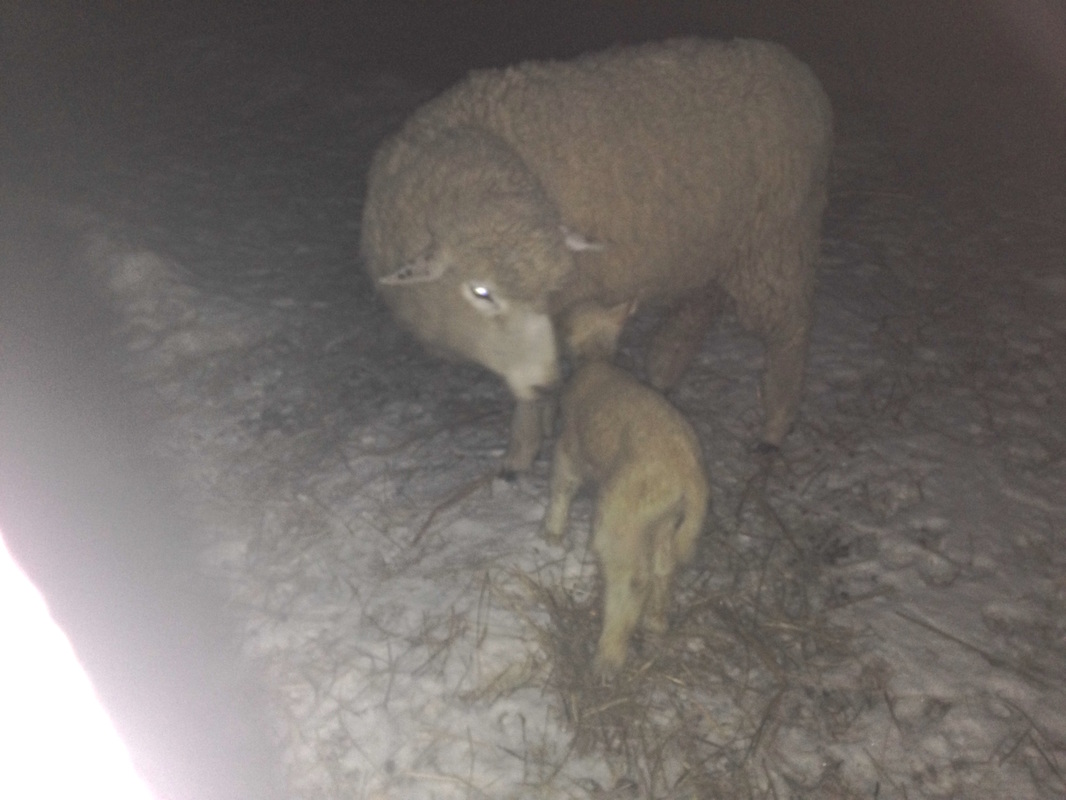
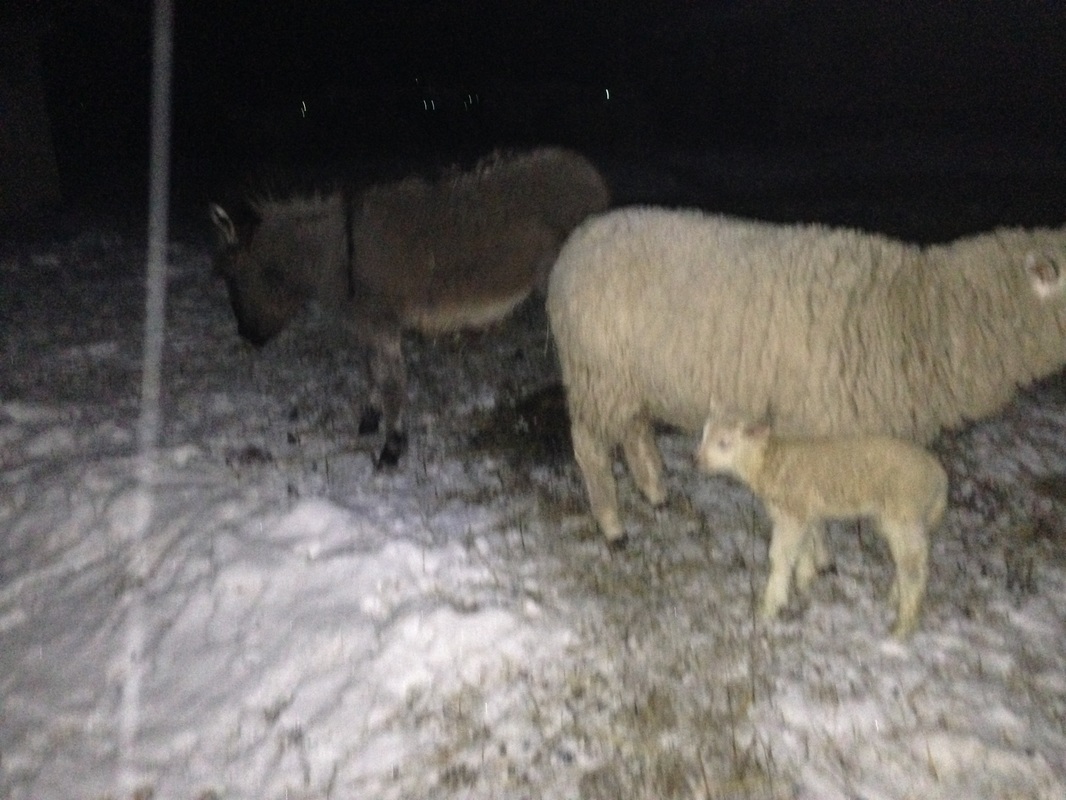
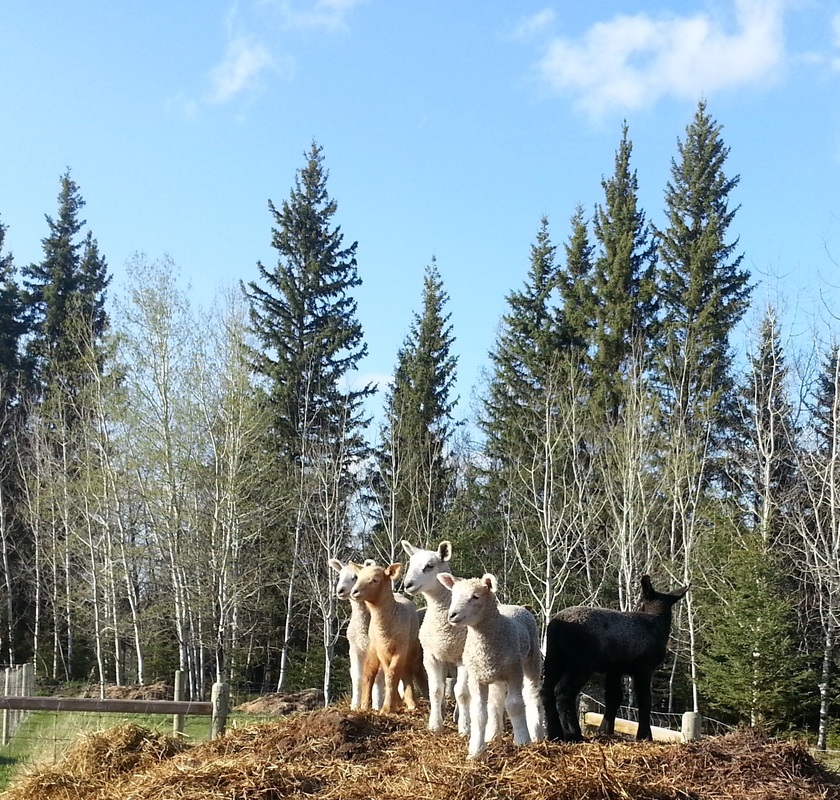
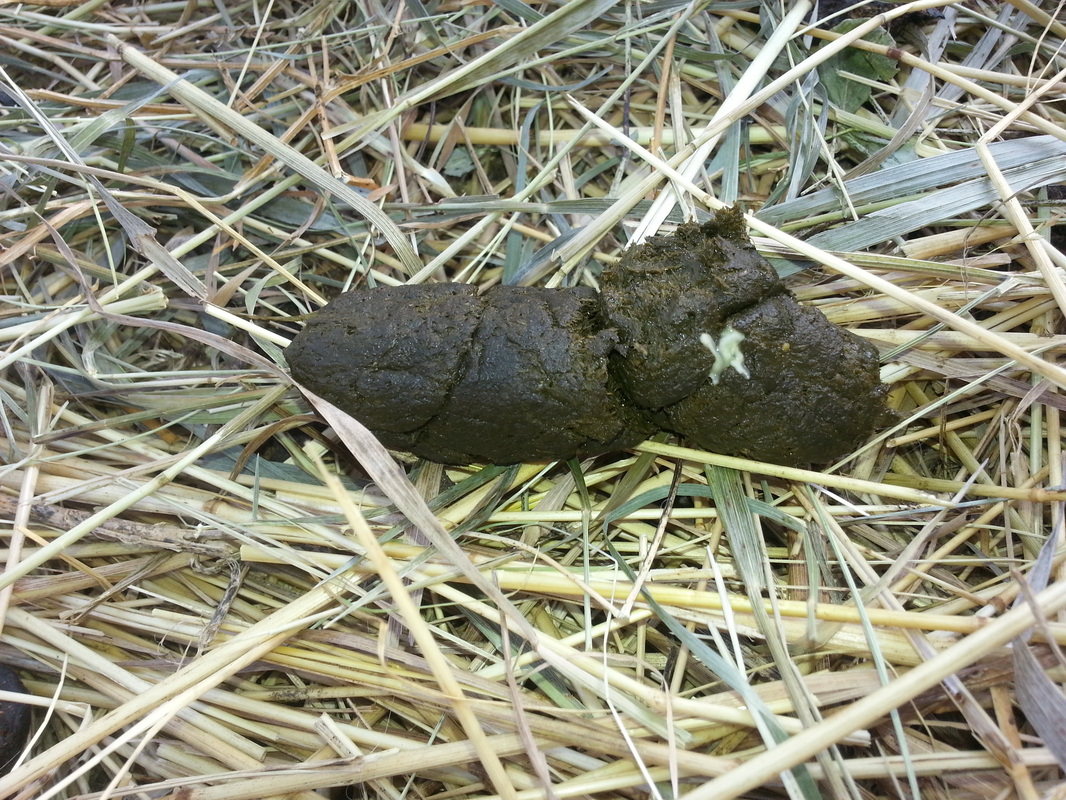
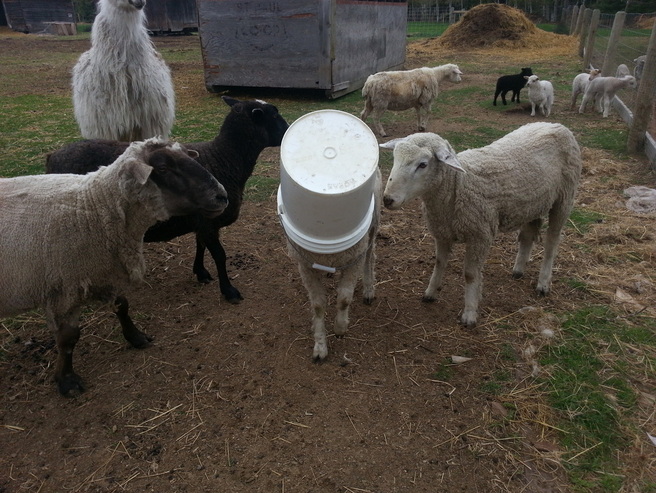
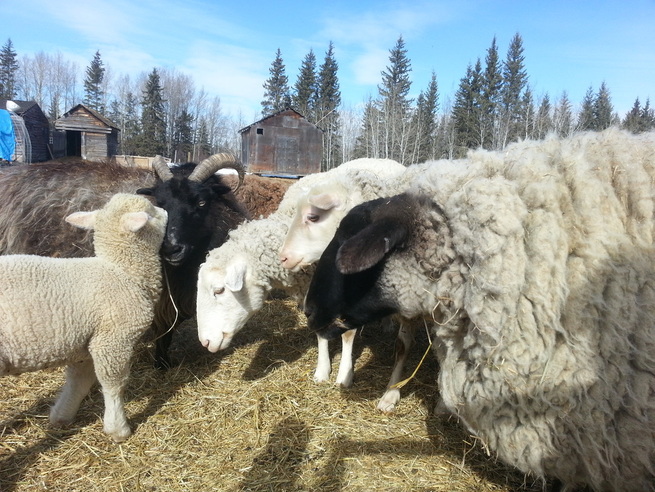
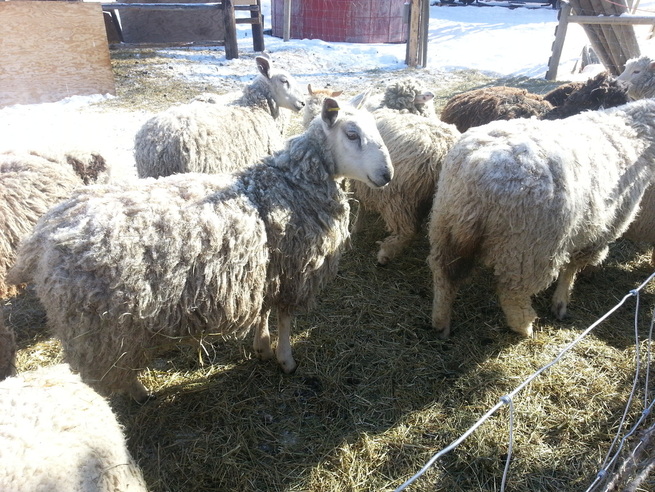
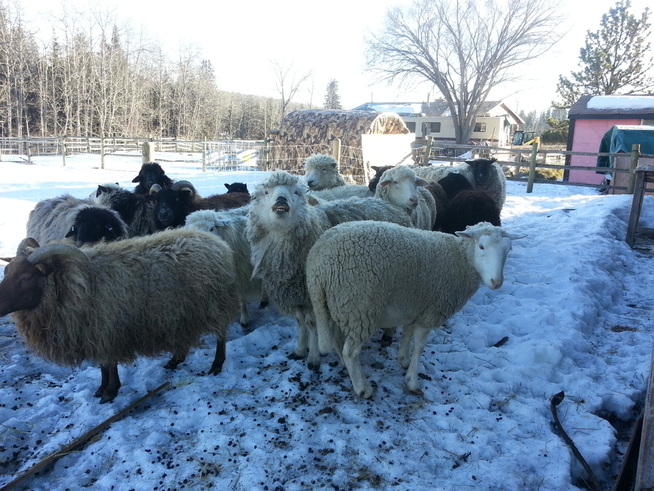
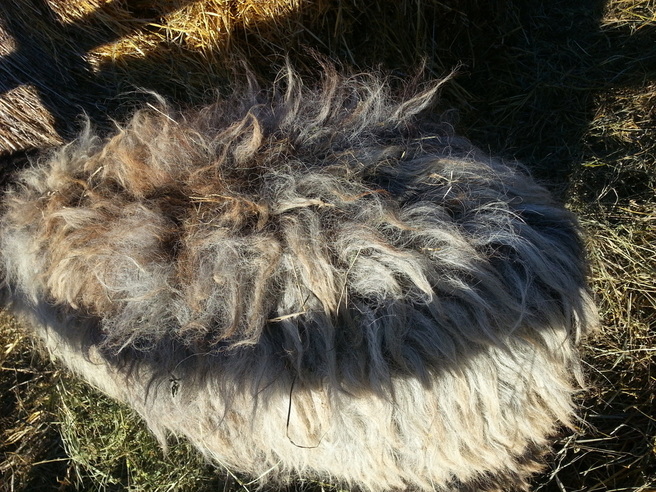
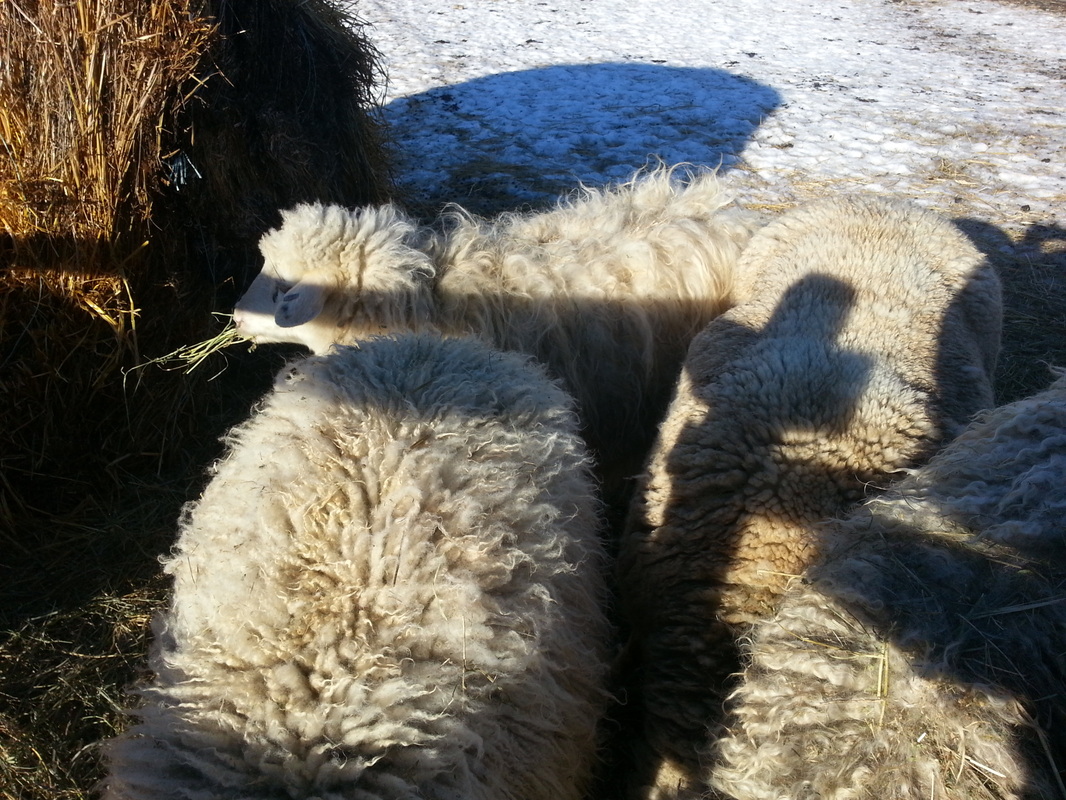
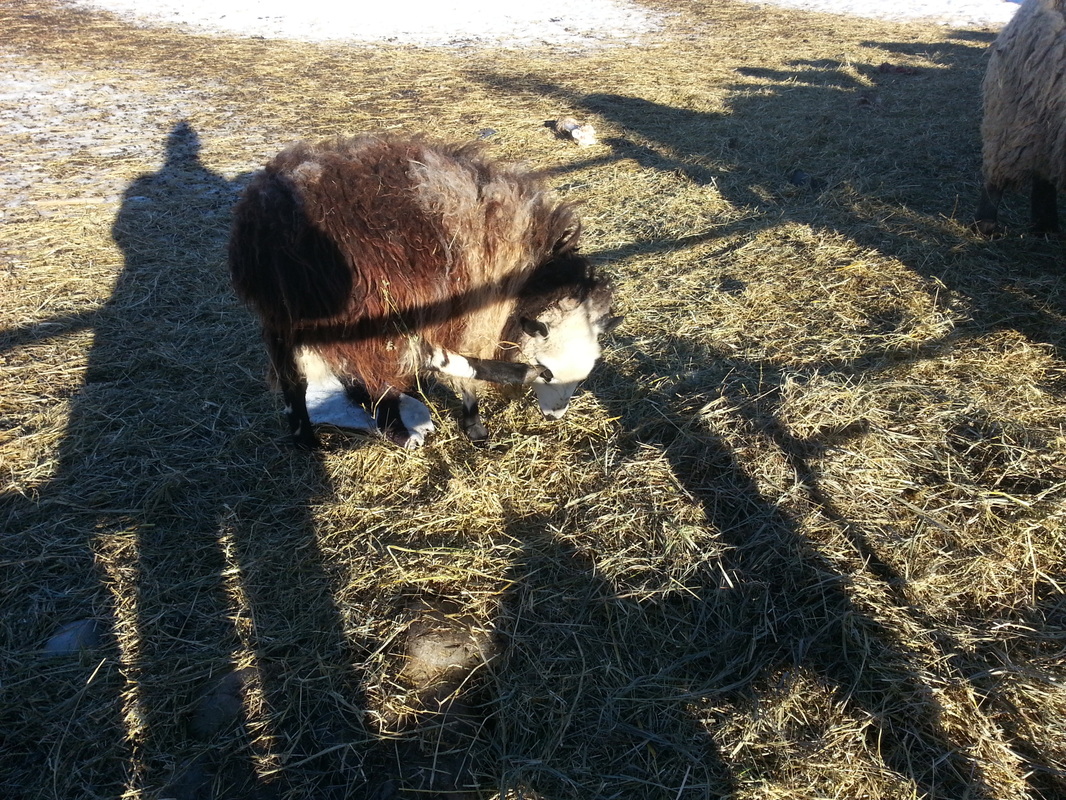
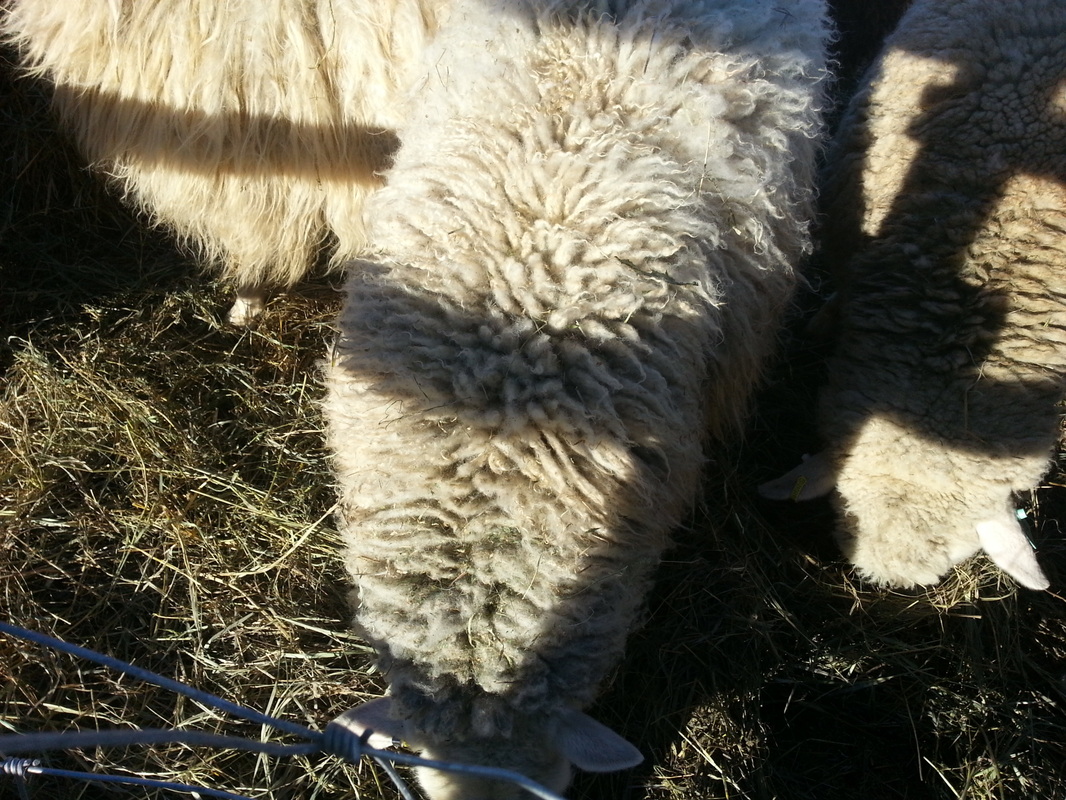
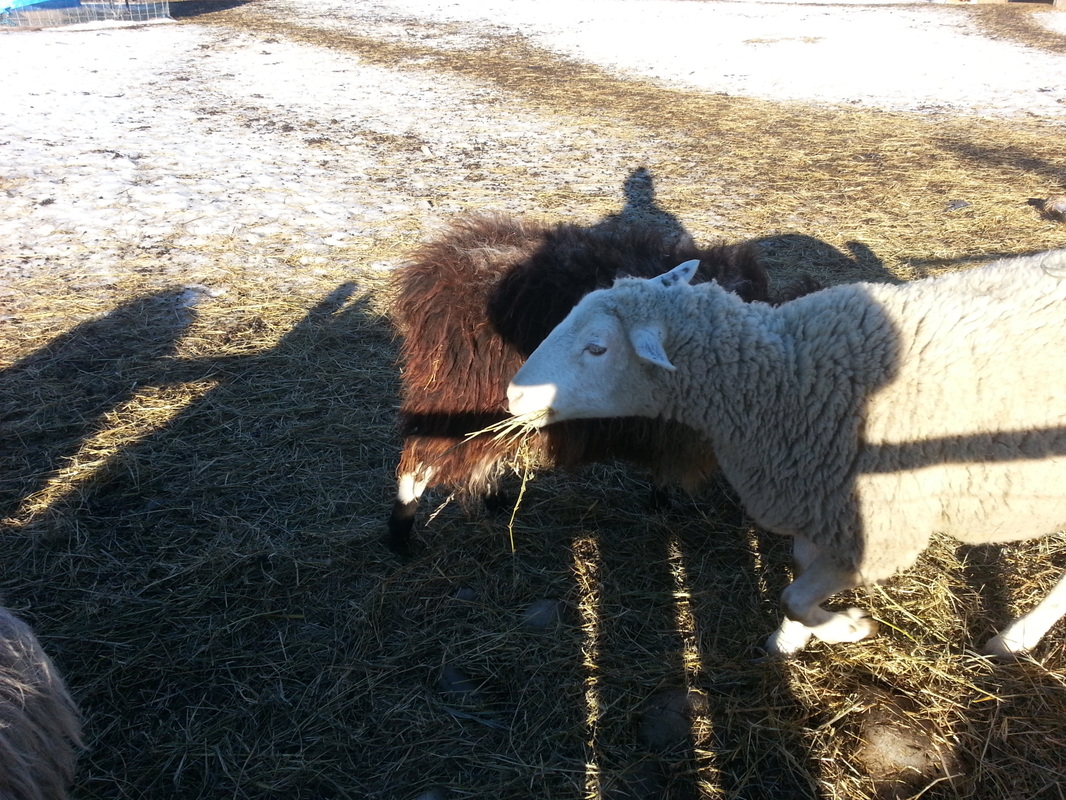
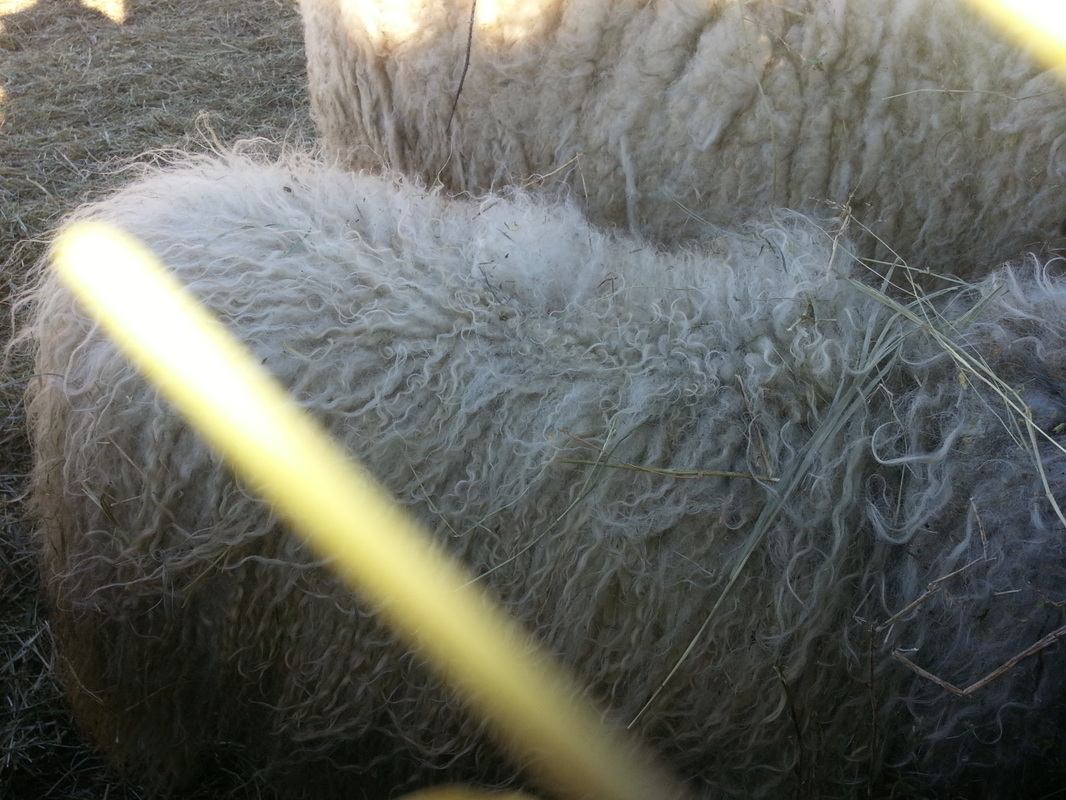
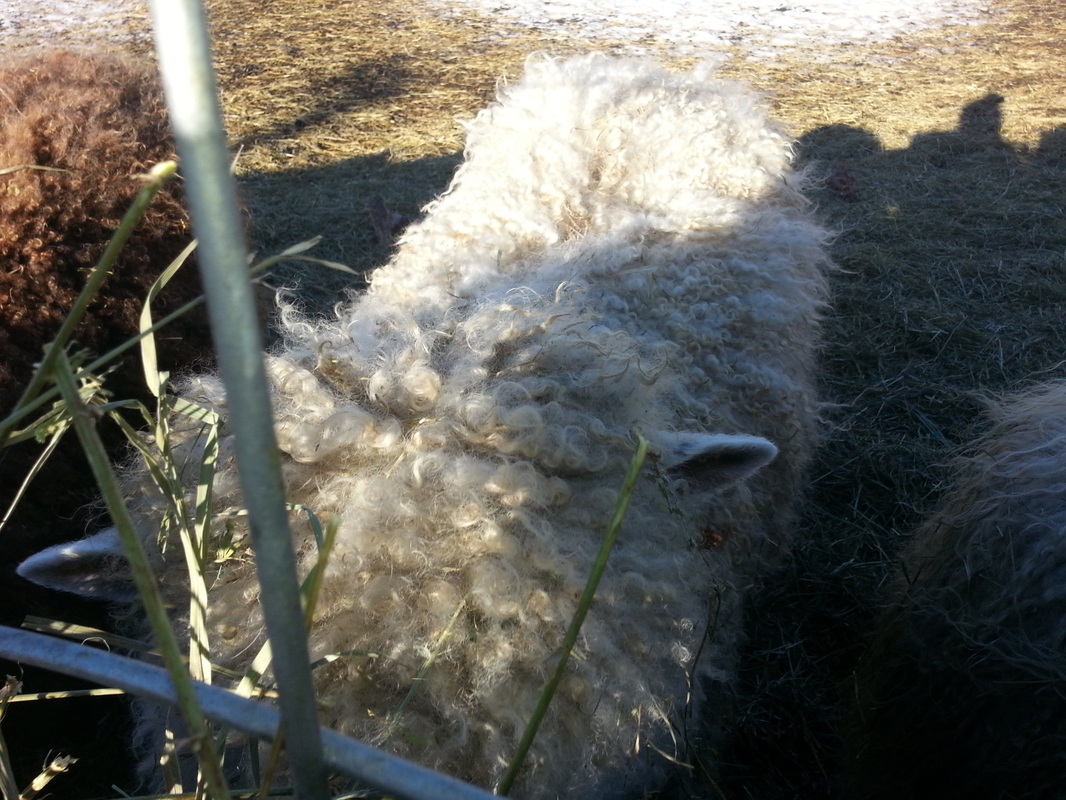
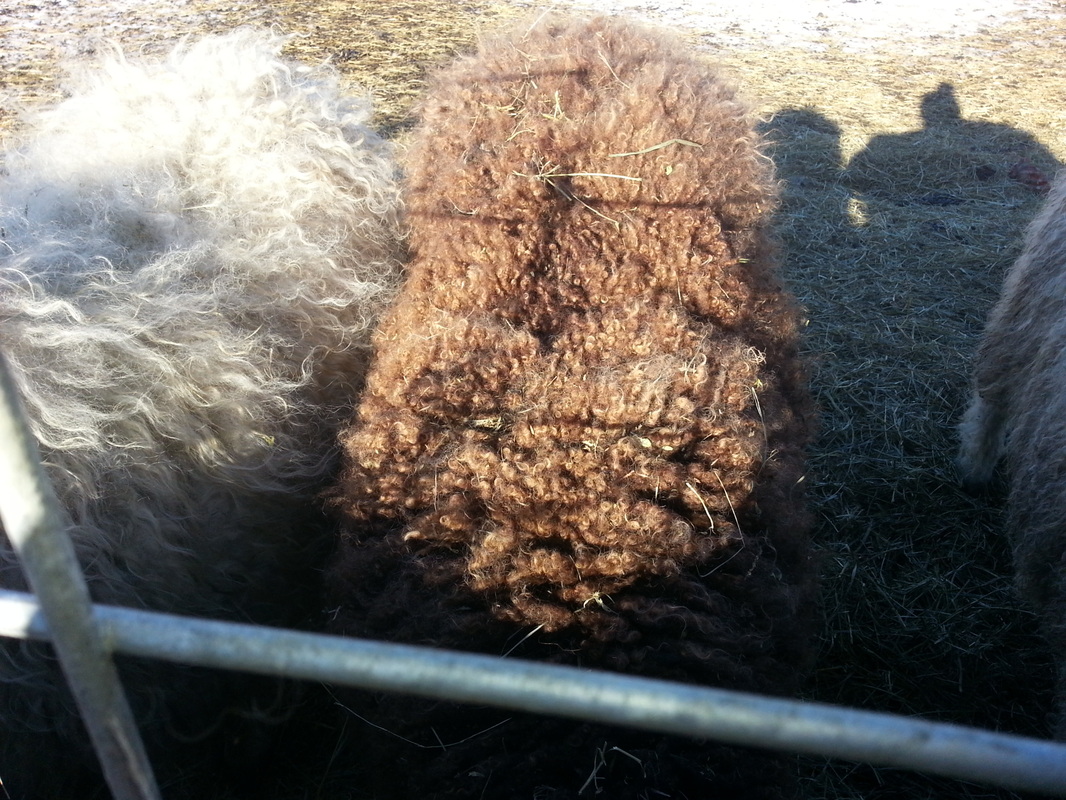
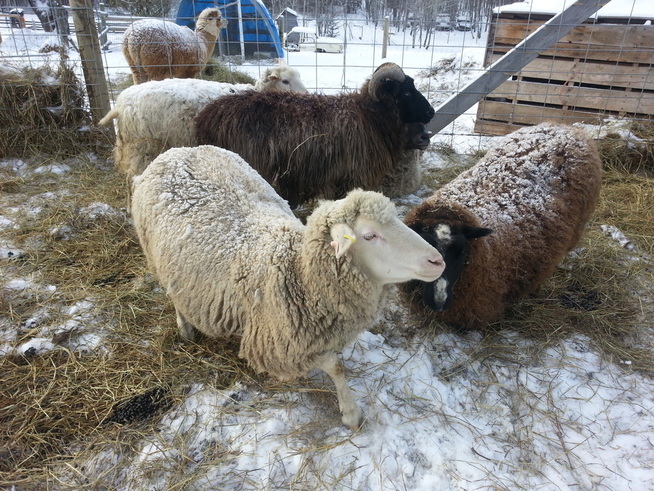
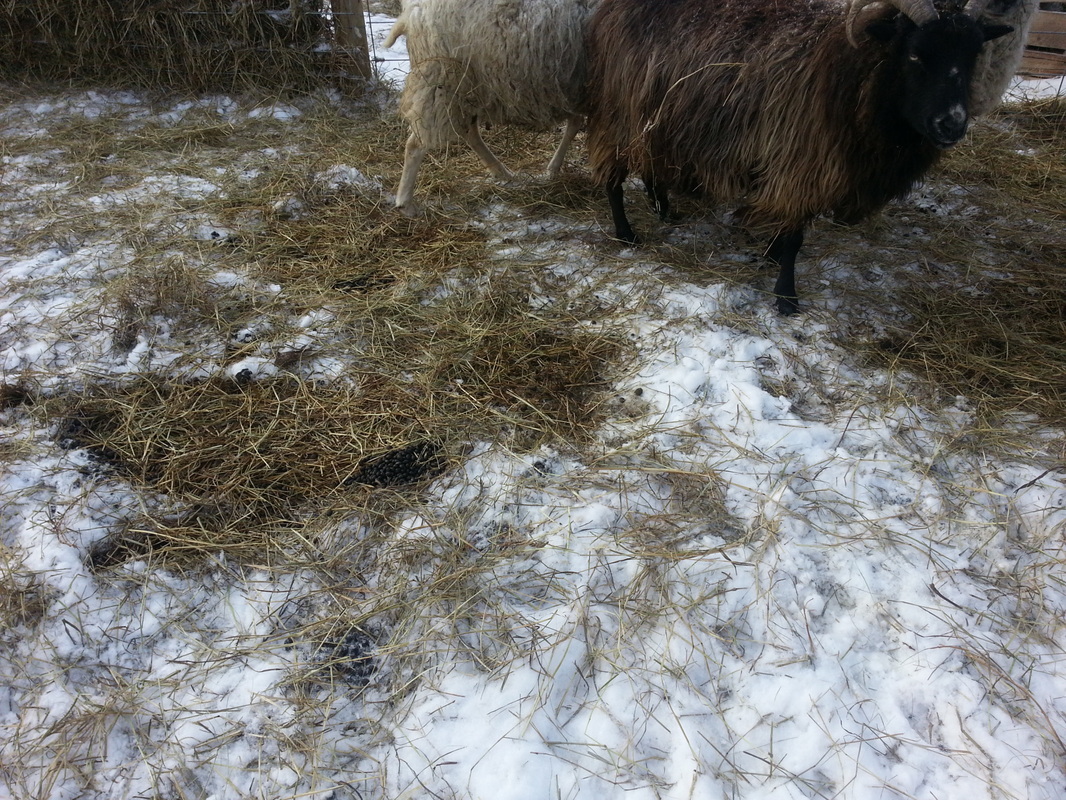
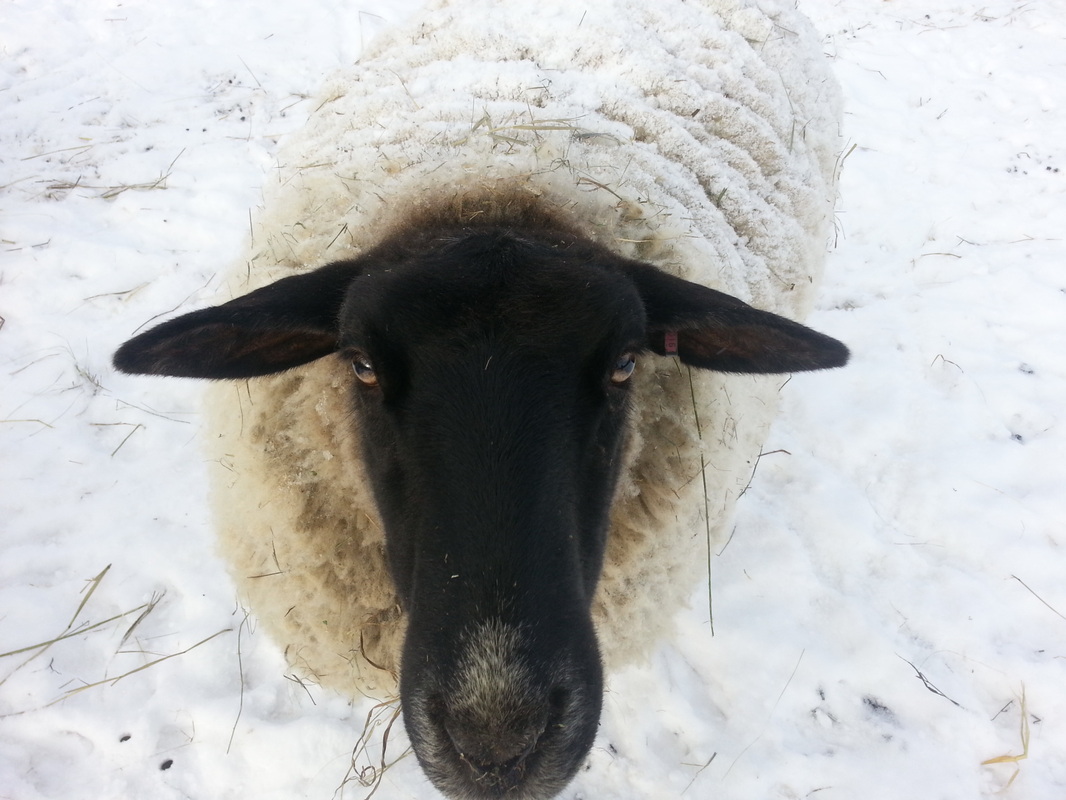
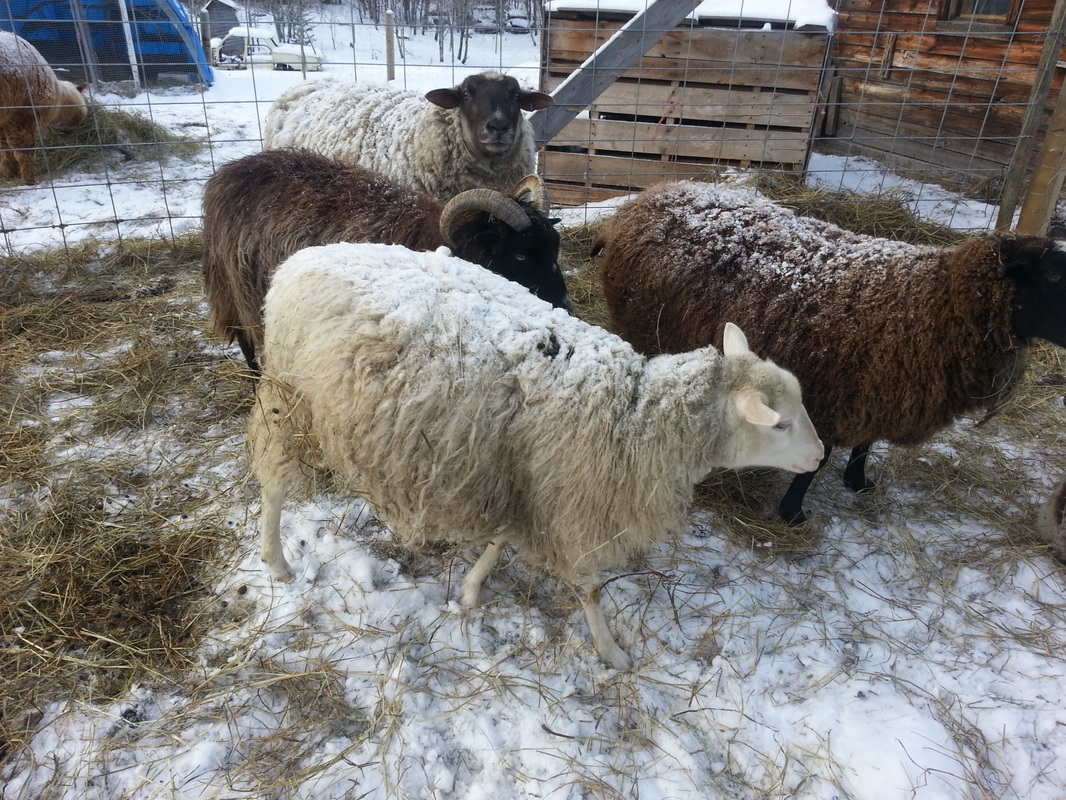
 RSS Feed
RSS Feed